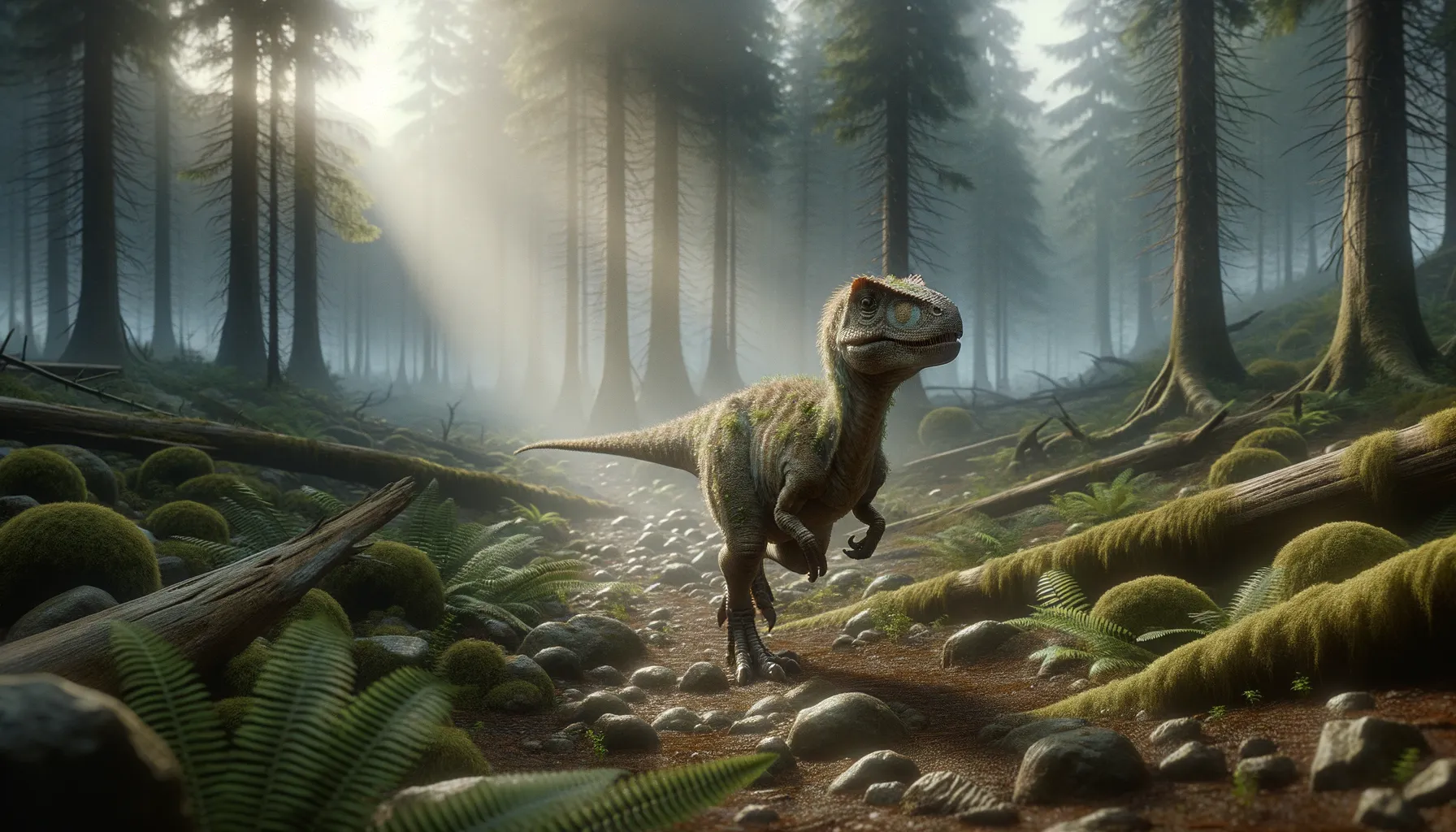
Triassolestes
Exploring mysteries of the Triassic era.
Period
Triassic
Length
No data available.
Height
No data available.
Weight
No data available.
Triassolestes is not a recognized dinosaur in scientific literature. It might be a case of mistaken identity or an informal name for fossils that haven't been properly classified. The Triassic period, however, was a time when many new dinosaur species were emerging, often small and agile, adapting to a variety of ecological niches.
Diet
Information about its diet is not available. During the Triassic period, dinosaurs were diversifying into herbivores, carnivores, and omnivores.
Hunting
Hunting behaviors cannot be attributed due to lack of evidence. Many Triassic dinosaurs had varied hunting strategies depending on their ecological roles.
Environmental challenges
Triassic period was marked by recovery and diversification after the Permian extinction. Many creatures had to adapt to changing climates and competition for resources. New habitats and niches were being explored by evolving species.
Speed
Little information available.
Lifespan
Unknown due to limited fossil data.
First discovery
Not an officially recognized dinosaur.
Fun Facts
- Triassolestes lived during the Triassic period, over 200 million years ago, making it one of the older dinosaur genera.
- This dinosaur was relatively small, similar in size to a large dog, which is quite fascinating given the later giants of the dinosaur world.
- Triassolestes was a carnivore, likely preying on small animals and insects, making it an agile and active hunter.
- Fossils of Triassolestes have been primarily found in what is now Argentina, showcasing the diverse prehistoric life of South America.
- The name Triassolestes means 'Triassic robber,' reflecting its time period and predatory nature.
- Even though it lived millions of years ago, Triassolestes likely shared environments with early relatives of dinosaurs and early mammals.
- Researchers believe that Triassolestes may have been a fast runner, aiding its survival in a world filled with both small competitors and larger predators.
Growth and Development
Due to lack of specific details, exact patterns are unknown. Generally, Triassic dinosaurs developed strategies that allowed them to occupy new ecological niches. Development was likely fast to cope with predation pressures.
Habitat
The Triassic period featured diverse habitats ranging from vast deserts to lush floodplains. Dinosaurs in this era were just starting to diversify and occupy these habitats. The evolution of land plants helped establish richer environments.
Interaction with other species
During the Triassic, emerging dinosaurs interacted with early mammals and various reptiles. Competition for food would have been fierce. Predatory-prey dynamics were also becoming established.
Natural lifespan
Specific lifespan data is unavailable.
Reproduction
Reproductive strategies of Triassic dinosaurs are largely speculative. Most early dinosaurs were believed to have laid eggs in nests. Parental care strategies remain a topic of study.
Social behaviour
Notification of any social structure is speculative for Triassic creatures. As dinosaurs expanded, complex social behaviors evolved in later periods.
Fossil locations
No confirmed fossil sites are associated with Triassolestes. The Triassic period has rich fossil sites worldwide such as North America, South America, and Europe, revealing much about early dinosaur evolution.
